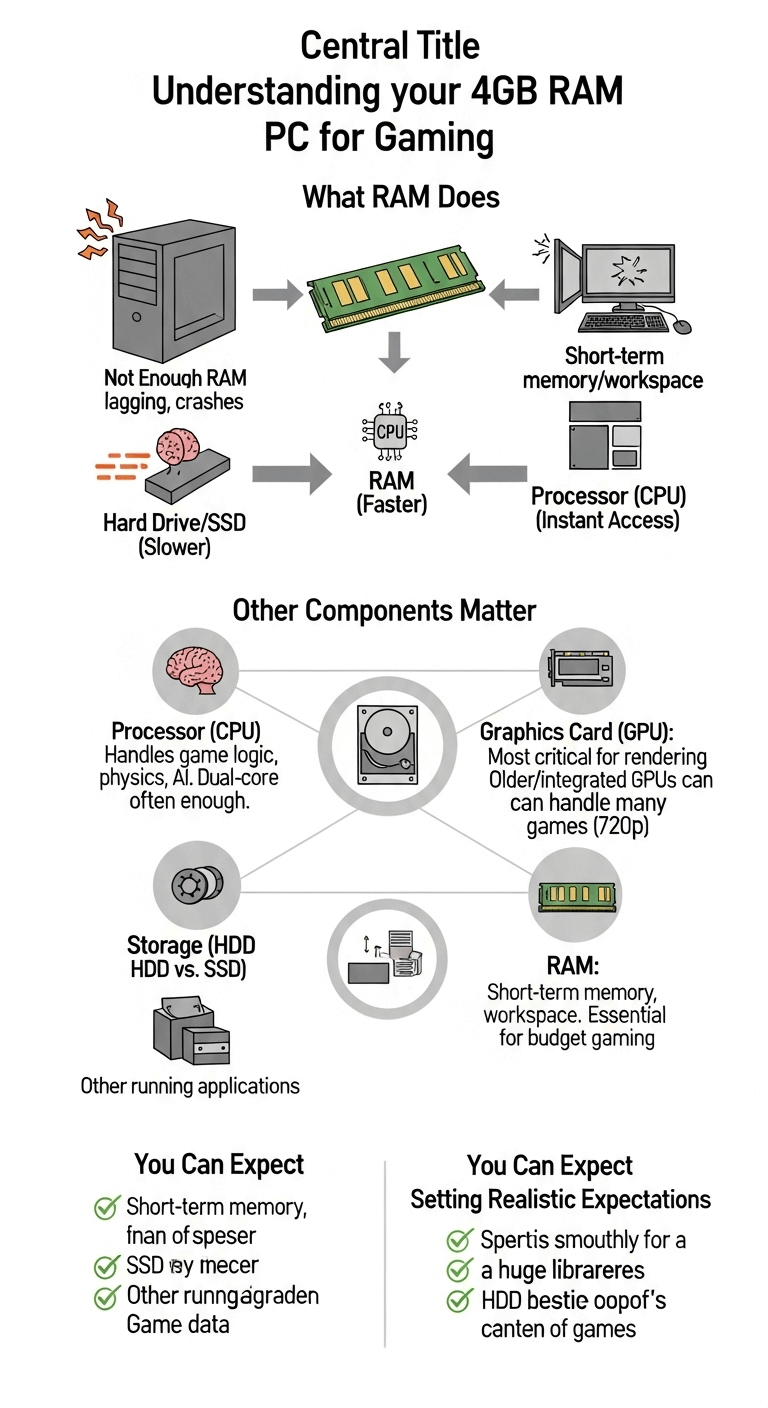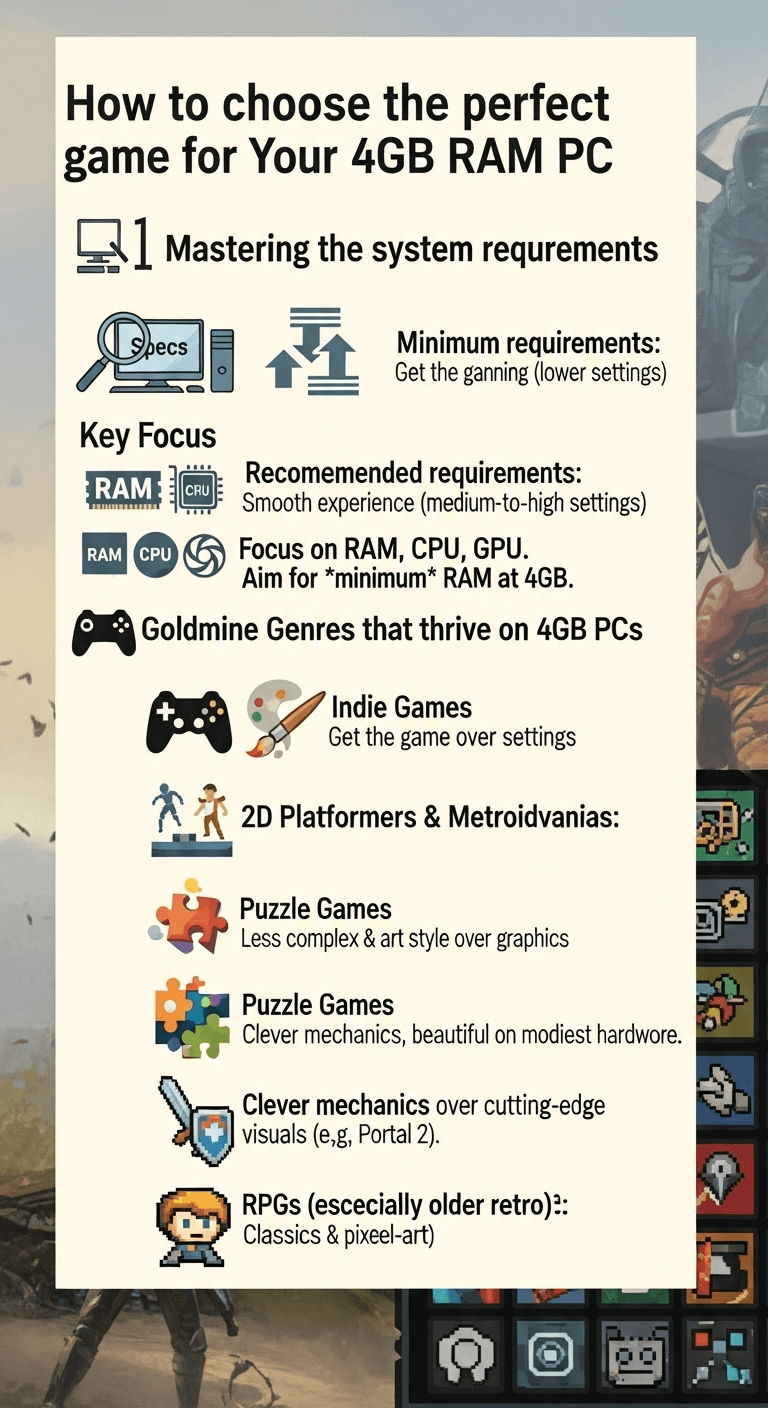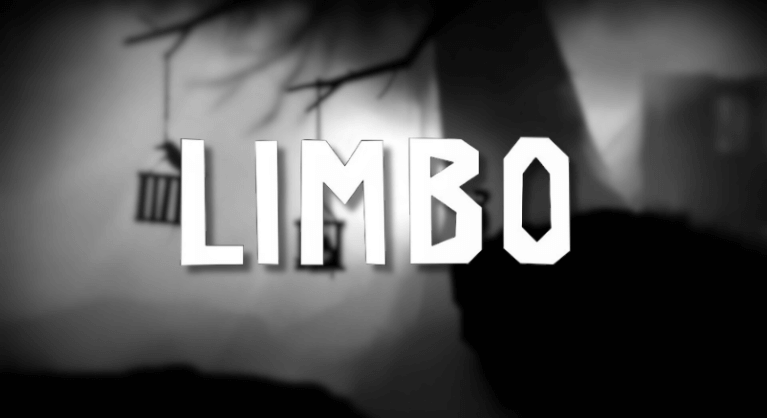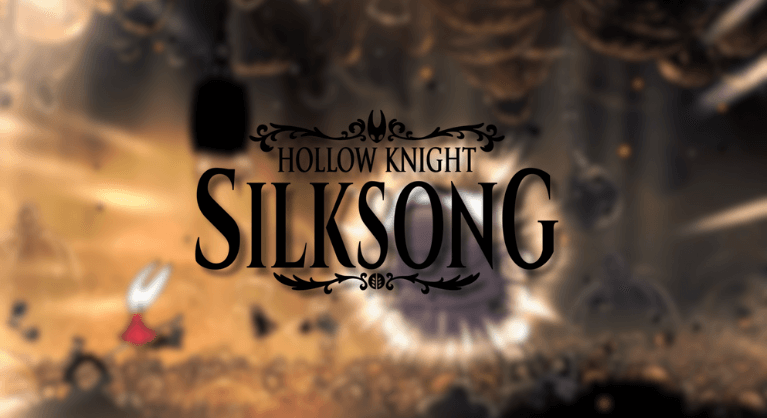The Best PC Games for 4GB RAM (2025 Guide)
Think you need a powerful, expensive rig to enjoy top-tier PC gaming? Think again. There’s a huge universe of fantastic games that don’t demand the latest hardware. We’ve compiled the ultimate list of the best games that run perfectly on systems with just 4GB of RAM, proving that you don’t need to break the bank to have an amazing experience.

- Developper : Sports Interactive
- Publisher : SEGA
Top PC games for 4GB RAM systems
LIMBO

| Genre | Puzzle-Platformer |
| Developer | Playdead |
| Minimum RAM | 512 MB |
| Disk Space | 150 MB |
Hollow Knight: Silksong

The highly anticipated sequel to the beloved Metroidvania, Hollow Knight: Silksong puts players in control of the agile warrior Hornet in the vast, new kingdom of Pharloom. Released in early September 2025, it expands on the original’s formula with faster, more acrobatic combat, a new crafting system, and over 150 new enemies.
Why It’s Great for 4GB RAM:Hollow Knight: Silksong is a brand-new release that remarkably keeps its minimum system requirements accessible. The official specifications state that 4GB of RAM is the minimum required to play. To ensure the smoothest performance, you may need to adjust graphical settings, but the game is fully playable on a 4GB machine.
| Genre | Metroidvania, Action-Adventure |
| Developer | Team Cherry |
| Minimum RAM | 4 GB |
| Disk Space | 8 GB |
Football Manager 26 (FM26)

Why It’s Great for 4GB RAM: Despite its graphical overhaul, Sports Interactive has impressively maintained the series’ accessibility. The official minimum system requirements for Football Manager 26 explicitly state that it can run on a PC with just 4GB of RAM. To optimize performance, especially when simulating many leagues, you can use the 2D match engine and ensure you have a manageable number of active leagues.
| Genre | Football Management Simulation |
| Developer | Sports Interactive |
| Minimum RAM | 4 GB |
| Disk Space | 20 GB |
More great games that shine on 4GB of RAM
| Game | Genre | Minimum RAM | Why it’s a great choice |
| Stardew Valley | Farming Sim, RPG | 2 GB | A charming and endlessly replayable farming and life simulator with hundreds of hours of content. |
| Portal 2 | Puzzle-Platformer | 2 GB | A mind-bending, hilarious, and brilliantly designed puzzle game that is considered one of the best of all time. |
| Minecraft (Java & Bedrock) | Sandbox, Survival | 2-4 GB | The ultimate creative sandbox. With adjustable settings, Minecraft can be tailored to run well on almost any system. |
| Cuphead | Run-and-Gun | 3 GB | A visually stunning action game with a unique 1930s cartoon art style, known for its challenging boss battles and smooth performance. |
Understanding your 4GB RAM PC for gaming
What RAM actually does for gaming
Think of Random Access Memory (RAM) as your computer’s short-term memory or workspace. When you play a game, your PC loads crucial data—like textures, character models, and level maps—from your slower hard drive (HDD) or solid-state drive (SSD) into the much faster RAM. This allows your processor (CPU) to access that data instantly.
- Not enough RAM: If a game requires more memory than you have available, your PC is forced to use a part of your storage drive as “virtual memory.” This is much slower and can lead to performance issues like stuttering, lagging, longer loading times, and even game crashes.
- Just enough RAM: With 4GB of RAM, you have enough capacity for a huge library of games, but you’ll need to be mindful of other running applications.
It's not just about RAM: Other components matter
While RAM is crucial, it’s just one piece of the puzzle. Your overall gaming experience depends on a balance between these key components:
- Processor (CPU): The “brain” of your PC, the CPU handles game logic, physics, and AI. A decent dual-core processor is often enough for the games on our list.
- Graphics Card (GPU): This is the most critical component for rendering images. Even an older or integrated GPU can handle many fantastic games, especially at lower resolutions like 720p.
- Storage (HDD vs. SSD): An SSD will make your entire system feel faster, from booting up Windows to loading game levels, but a traditional HDD is perfectly fine for gaming on a budget.
Setting realistic expectations
- Play thousands of incredible indie games.
- Enjoy countless classic AAA titles from the past.
- Run many modern, well-optimized games on low-to-medium settings.
- Run the latest, most graphically intensive AAA blockbusters at high settings.
- Multitask heavily (e.g., run a game, a web browser with many tabs, and a streaming app all at once).

How to choose the perfect game for Your 4GB RAM PC
Mastering the system requirements
- Minimum requirements: This is the hardware you need to get the game running. If you meet these specs, you can expect to play the game, likely at lower resolutions and graphical settings.
- Recommended requirements: This is the hardware the developers suggest for a smooth experience at medium-to-high settings.
Game genres that thrive on 4GB RAM
- Indie Games: Often focused on creativity, art style, and innovative gameplay over graphical fidelity.
- 2D Platformers & Metroidvanias: These games use less complex graphics and run beautifully on modest hardware.
- Puzzle Games: Titles like Portal 2 prioritize clever mechanics over cutting-edge visuals.
- RPGs (especially older or retro-style): Classics and modern pixel-art RPGs offer hundreds of hours of gameplay.
- Strategy & Simulation Games: Many strategy games are more CPU-bound than GPU-bound, and titles like Football Manager are designed to be scalable.

Pro tips: Optimizing your PC for the best gaming experience
Before you launch the game
- Close background applications: This is the most important step. Close web browsers (especially Chrome), chat apps like Discord, and any other non-essential programs to free up as much RAM as possible for your game.
- Update your graphics drivers: Ensure you have the latest drivers for your GPU. This often includes performance optimizations for games.
- Adjust windows for performance: You can tell Windows to prioritize performance over visual effects. Go to `Advanced System Settings` > `Performance` > `Settings` and select “Adjust for best performance.”
In-game settings to tweak
If a game isn’t running as smoothly as you’d like, dive into the graphics settings menu and try the following:
- Lower the resolution: Dropping from 1080p to 720p can provide a massive performance boost.
- Reduce texture quality: High-resolution textures consume a lot of RAM and VRAM. Setting this to “Medium” or “Low” can help significantly.
- Turn Off shadows and anti-aliasing: These are often the most demanding graphical settings. Turning them off or setting them to the lowest option will improve your frame rate.
- Disable V-Sync: While it prevents screen tearing, V-Sync can sometimes cap your frame rate and introduce input lag. Try turning it off to see if performance improves.


